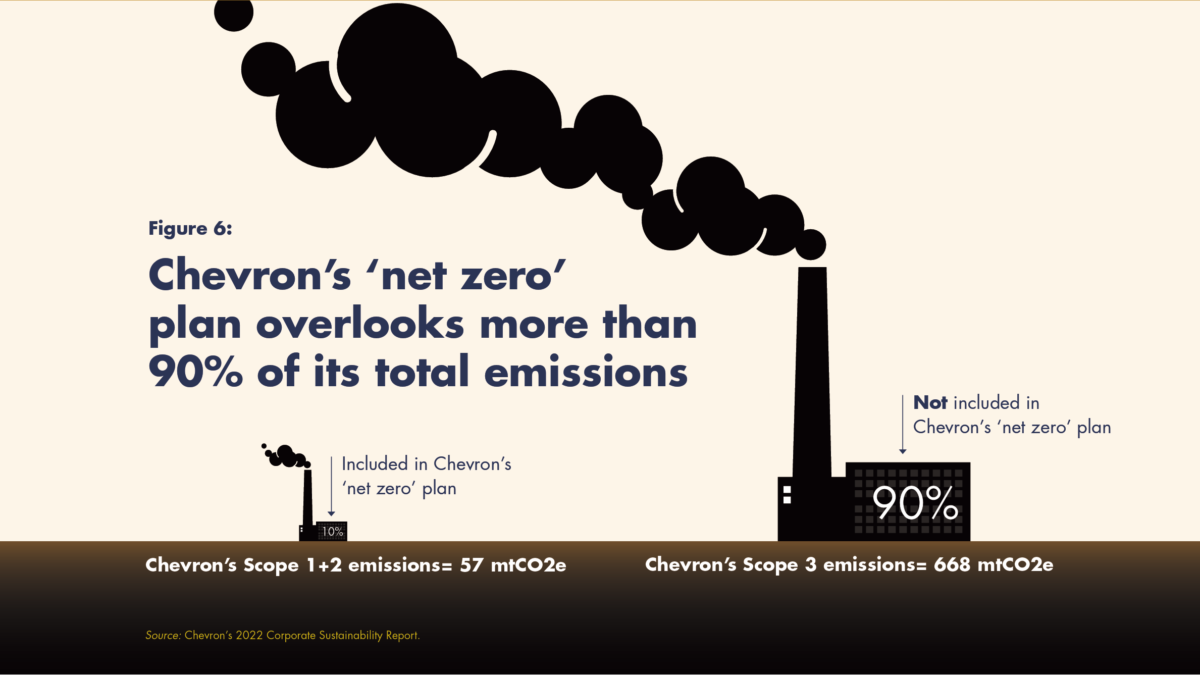“Pushing temperatures into the unknown”: South America swelters under “fierce” heatwave in the middle of winter 2023 – “This temperature is the highest recorded in this period in all of Chile”

By Sophie Tanno
4 August 2023
(CNN) – Parts of South America are sweltering under abnormally hot temperatures – despite being in the depths of winter – as the combination of human-caused climate change and the arrival of El Niño feed into extreme winter heat.
Southern Cone countries including Chile and Argentina have experienced summer-like conditions as a heat wave, beginning in July, pushed temperatures higher than 38 degrees Celsius (100 Fahrenheit) in some places – dramatically above average for this time of year.
Maximiliano Herrera, a climatologist who tracks extreme temperatures across the globe, told CNN that South America is experiencing a “fierce winter heat wave.”
While such heat waves are not unheard of for the continent, this one has “exceptional characteristics for its area, duration, intensity and being early August,” Herrara said, adding “dozens of stations are recording their highest ever temperatures in the first half of August.”
August in the Southern Hemisphere is equivalent to February in the Northern Hemisphere.
Chile’s environment minister, Maisa Rojas, said that the world has been experiencing extreme events for weeks. “Yesterday it was the turn of South America and Chile,” she said in a Twitter post Wednesday.

In the mountainous Chilean Andes region, temperatures climbed to 38.9 degrees Celsius (102 Fahrenheit) on Tuesday, according to Herrara, who described the event as “unbelievable” for mid-winter and “rewriting all climatic books.”
In the Coquimbo region in northern Chile temperatures average around 22 degrees Celsius (72 Fahrenheit) in February, at the height of its summer. But this year, in mid-winter, they have soared far higher.
The commune of Vicuña reached 37.1 degrees Celsius (98.8 Fahrenheit) on August 2. “This temperature is the highest recorded in this period in all of Chile,” a spokesperson for the Meteorological Directorate of Chile told CNN.
It also marks the second-highest temperature on record for the country’s winter – which runs from June until August. Only in August 1951 was a higher temperature of 37.3 degrees Celsius (99.1 Fahrenheit) recorded in Copiapó.
“Tuesday was likely the warmest winter day in northern Chile in 72 years,” Raul Cordero, a climatologist at University of Groningen in the Netherlands, told CNN. […]
For Cordero, this winter’s unusual heat is alarming. “Just like the rest of the world, the combination of climate change and El Niño is pushing temperatures into the unknown,” he said. [more]
Parts of South America are sweltering under a ‘fierce’ heatwave – and it’s the middle of winter


